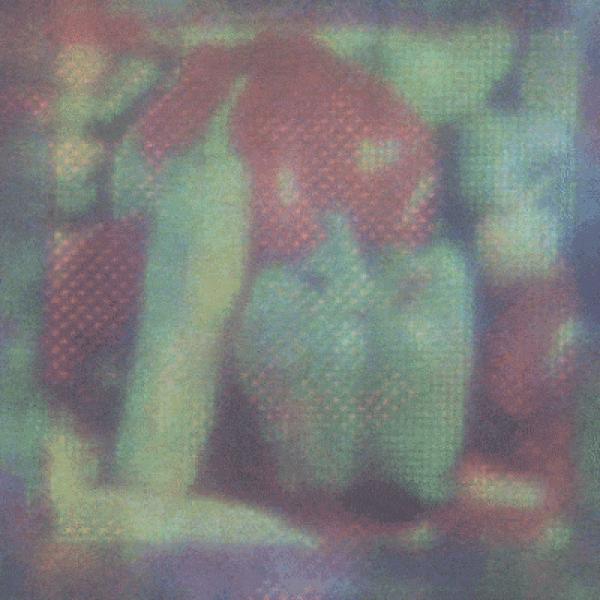
Scientists used a device known as a spatial light modulator (SLM) to convert a 2D image displayed on an iPhone 14 Pro into a 3D hologram. (Image credit: shigematsu.sys7)
Researchers have created holograms using the light emitted from a standard smartphone screen, essentially turning the iPhone into a holographic projector.
Using a spatial light modulator (SLM), scientists transformed a 2D image displayed on an iPhone 14 Pro into a 3D hologram. They detailed their findings in a study published April 2 in the journal Optics Letters.
The researchers used a technology called a “hologram cascade,” in which light from a static image is repeatedly modified to create a multi-layered 3D image.
In their study, the cascade began with a colored static image displayed on an iPhone. The light waves emitted by the device were refined using an SLM, a device designed to manipulate and change the phase (time), amplitude (strength or brightness), and polarization (direction) of light waves. Using the SLM, the scientists gradually refined and layered the light waves to form a 3D image step by step.

Scientists have converted a 2D image displayed on the iPhone 14 Pro into a 3D hologram.
To achieve the holographic effect, scientists needed to determine the specific light settings required to create a 3D hologram from an image shown on an iPhone screen.
This involved working backwards from the desired output signal to determine the specific adjustments needed to the phase and amplitude of the light at each step of the way, from the iPhone display to the SLM, to accurately reproduce the hologram.
They captured images at two key points using a color image sensor. The first point was at the focus of a Fourier transform lens (FTL), a special type of optical lens designed to precisely focus light into sharp images.
A second recording point was placed 0.6 inches (1.5 cm) from the focal point. This allowed the sensor to record changes in depth, demonstrating the ability of the holographic display to project images in 3D.
The study is unique because it shows how “incoherent” light from everyday devices like smartphones and laptops can be used to create holographic displays, the scientists said in the paper. Incoherent light refers to light sources that do not have a constant phase or wavelength.
Traditionally, computer-aided holography (CGH) requires “coherent” light sources, such as
Sourse: www.livescience.com





